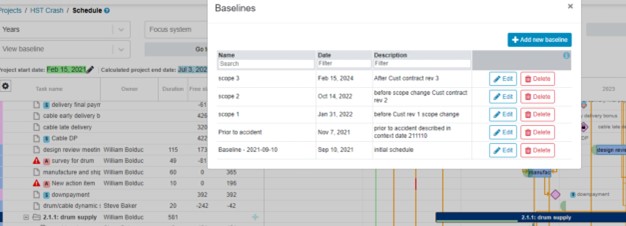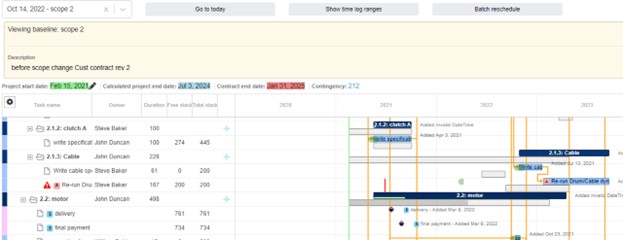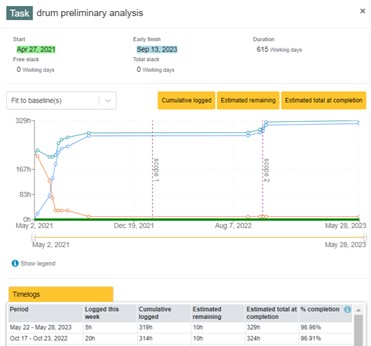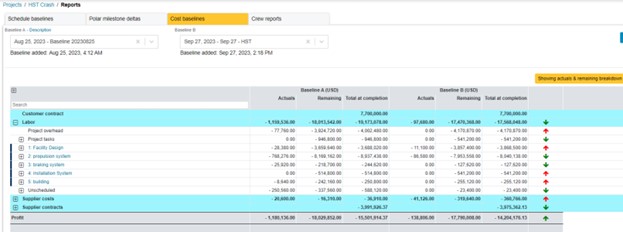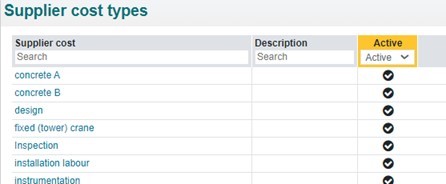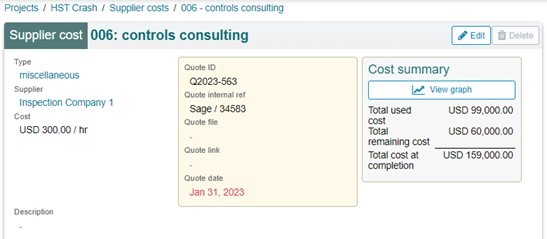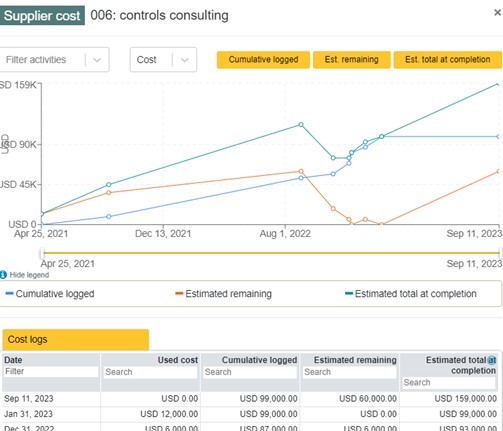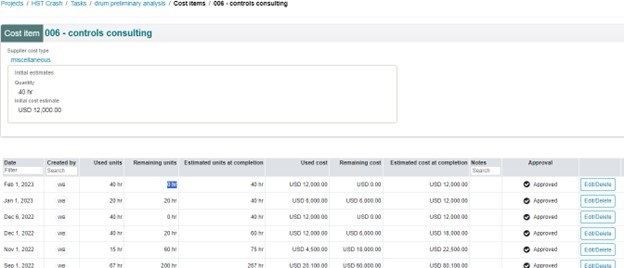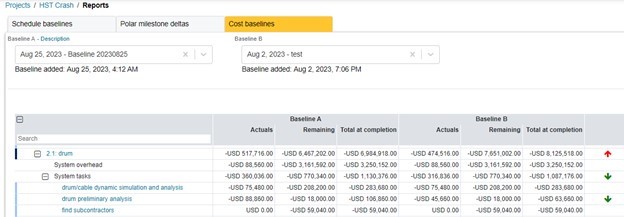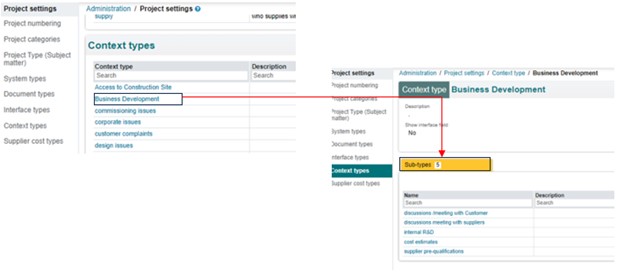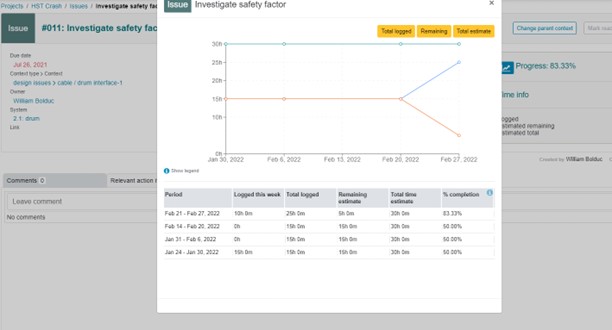Micromanagement has long been perceived as the curse of project managers, impeding their productivity and diverting their focus from strategic planning to the nitty-gritty details. Despite the advent of contemporary project management platforms like Microsoft Project, Smartsheet, and Monday.com, micromanagement remains an enduring challenge for senior project managers. These platforms, designed to streamline project processes, often inadvertently foster micromanagement, gripping project managers in the labyrinth of complex algorithms and restrictive policies.
Challenges with Micromanagement in Contemporary Platforms:
1. Complicated Schedule Updates: Updating schedules, a fundamental aspect of project management, becomes a tedious and time-consuming task. Contemporary platforms, with their intricate algorithms, demand a deep understanding, restricting read/write access to team members. This often results in project managers shouldering the entire burden of schedule updates, exacerbating micromanagement tendencies.
2. Approval Bottlenecks for Timesheets: Approval processes for timesheets, crucial for payroll and project management, often encounter bottlenecks. While the accounting department holds authority over payroll matters, it lacks project-specific insights. This void leaves the project manager as the default approver, adding another layer to micromanagement.
3. Task Neglect towards Project End: As projects near completion, the motivation to update tasks diminishes, leading to incomplete and inaccurate project templates. This reluctance stems from the perception that late-stage task updates might not significantly impact the project’s overall outcome. Unfortunately, this practice can result in incorrect durations becoming ingrained in future project templates.
ProjectContexts: A Micromanagement Solution:
In response to these challenges, ProjectContexts emerges as a beacon of relief for project managers striving to break free from micromanagement shackles.
1. Ownership Concept: ProjectContexts introduces the innovative concept of “Ownership,” allowing project managers to delegate detailed management tasks to designated team members. This not only boosts employee satisfaction and empowerment but also leverages specialized knowledge within the team. The Ownership permissions utility, editable by the project manager, ensures seamless collaboration and distributed responsibility.
2. Streamlined Schedule Updates: Recognizing that not every team member may possess an intimate knowledge of the platform, ProjectContexts simplifies the process of updating schedules. With user-friendly interfaces and simplified permissions, designated Owners can effortlessly contribute to schedule updates without grappling with intricate platform algorithms.
3. Accessibility Beyond the Schedule: Breaking free from the conventional schedule-centric approach, ProjectContexts allows task updates from outside the schedule. Team members, even without direct access, can easily report on the status of their tasks, fostering a collaborative and transparent environment.
4. Auto-duration Facility: ProjectContexts incorporates an auto-duration facility, streamlining the process of batch auto-task duration updates. This feature enhances accuracy and reduces the manual effort required for repetitive tasks, freeing project managers from mundane micromanagement responsibilities.
5. Simplicity in Updates: The simplicity in updating functions such as “Start” and “Finish” with ProjectContexts empowers users with simple keystrokes. The ease of redoing tasks and recalculating durations ensures accuracy, especially when utilizing follow-on templates.
6. Comprehensive Reporting: Acknowledging the significant time spent on generating reports, ProjectContexts provides on-demand, up-to-date schedule overviews, Work Breakdown Structures (WBS), and contract status reports. These reports are easily accessible online, eliminating the need for unnecessary manual reporting efforts.
Conclusion and Call to Action:
Project managers, burdened with the weight of micromanagement, can now embrace ProjectContexts as a liberating solution. By fostering a culture of Ownership, simplifying updates, and providing comprehensive reporting features, ProjectContexts alleviates micromanagement challenges and propels projects toward success. To experience the transformative power of ProjectContexts, sign up for our free trial today and revolutionize your project management experience. Break free from micromanagement and embrace efficient, collaborative project management with ProjectContexts.


